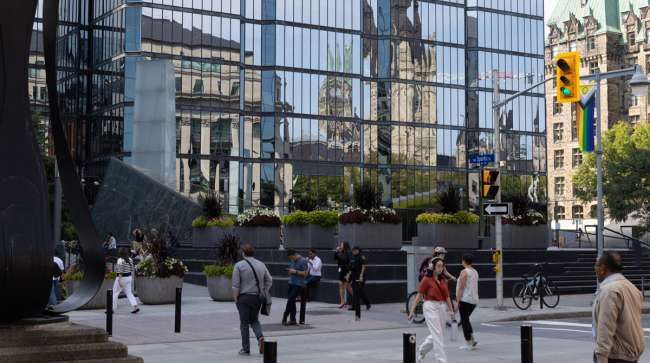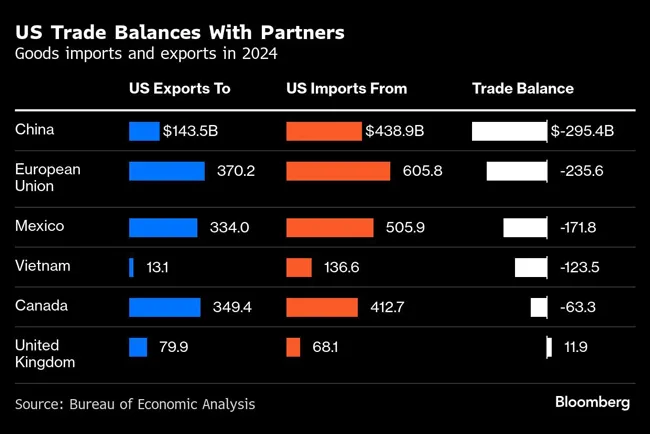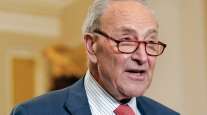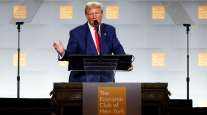Bank of Canada Lowers Rates as Tariff Concerns Grow

[Stay on top of transportation news: Get TTNews in your inbox.]
Bank of Canada officials acknowledged that the economic uncertainty created by a potential trade battle supported their decision to cut interest rates last month.
The central bank’s governing council agreed that cutting the policy interest rate to 3% “would be helpful” for growth and lead to a better balance of inflation risks. But policymakers also spent considerable time discussing the possible impact of U.S. President Donald Trump’s tariffs during the meetings that led to their Jan. 29 rate decision.
At the time, Trump had threatened to put large duties on most Canadian goods. On Feb. 1, he signed an order for 25% tariffs on a majority of items from Canada with 10% on some natural resources such as oil. That action that has since been put on hold until early March.
“The threat of tariffs had increased uncertainty, and this would weigh on business confidence and investment intentions, as well as consumer sentiment,” the bank said in a summary of deliberations released Feb. 12, adding that officials were already seeing signs of companies “re-evaluating their investment plans.”

(Bloomberg)
The meeting summary reinforces the central bank’s preoccupation with the trade dispute, underscoring the fact that Canada’s economy is likely to be hurt by policy uncertainty — even if Trump decides not to proceed with tariffs next month. On Feb. 10, Trump ordered 25% tariffs on U.S. imports of steel and aluminum, a move that captures the volatility of the trade situation.
During its deliberations, the council acknowledged their forecasts “would need to undergo major revisions” if significant tariffs were put in place, adding that a sustained conflict would most likely lead to weaker growth and higher prices. Governor Tiff Macklem said the same thing publicly last month.
Outside of the tariff threat, the council viewed the risks to their forecasts for growth and inflation as “reasonably balanced,” and they expected growth to accelerate as lower borrowing costs worked their way through the economy. Policymakers still saw a “soft” labor market, with inflation expected to hover around the 2% target over the next two years.
Want more news? Listen to today's daily briefing above or go here for more info
Central bank officials discussed the limitations of monetary policy in a trade war, calling it a “blunt instrument” that can only support or restrict demand across the entire economy. Fiscal programs, by comparison, can be “much more targeted,” officials said, supporting workers and businesses hit hardest by the loss of export customers.
Officials also noted that a tariff shock “could push up short-term inflation expectations.”
Tariffs might push the loonie lower against the greenback, they said, reiterating that the currency’s decline in recent months was a reflection of trade uncertainty. The Canadian dollar tumbled as low as C$1.479 per U.S. dollar after Trump’s Feb. 1 executive order, though it rallied when those levies were put on pause.
Policymakers said their preferred measures of core inflation — the median and trim consumer price indexes — were being propped up by elevated shelter inflation.




